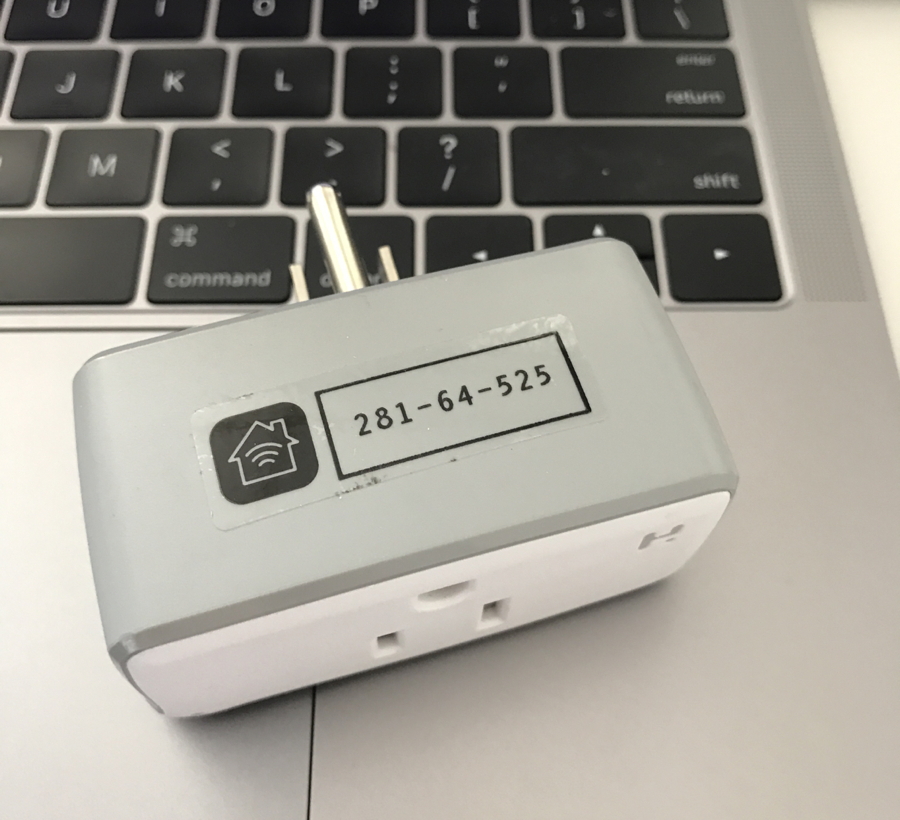Cassandra: Monday Review - The Addiction with Mobile Devices; The Internet of Things Lurching Slowly Forward

eXtensions - Monday 13 March 2017
|
Cassandra: Monday Review - The Addiction with Mobile Devices; The Internet of Things Lurching Slowly Forward |
 |
|
|
By Graham K. Rogers
There may be a few hundred people behind and the person behind the phone user is brought to a halt with everyone else taking avoiding action. As much as I like these devices, the ways in which people handle them and let them take priority over everything else is a tragedy. I complain when students use their phones in a classroom, but who can blame them when they see teachers also answer their devices in the middle of teaching. Recently I saw one leave the class and take a call when he should have been teaching; and I still fume about the crass teacher who, in a meeting, and while he was presenting ideas to those in the room, had his phone ring and answered that, stopping in mid-sentence. Both of these are impolite and unprofessional in my opinion. When I go into a meeting or a classroom my phone is on Do not Disturb; and if I go to the movies or a concert, I turn it off. At night I use the Apple, "Do Not Disturb" feature. There is an exception: if I am expecting an important call, I tell the students that my phone is on; and I tell them why. I apply the same rule to students, if there is a family problem and they want to accept a call, tell me and I will accommodate them. As for walking while texting, No. I stop and get out of the way of people before looking at the phone: a message that appears on the screen of the Apple Watch can be glanced at quickly, in mid-stride, and that helps me decide on whether I want to check the phone. Despite being a user of devices, I do not understand the compulsion some people have to access them. If someone is talking to me and takes a phone call, I walk away.
Henderson wonders if Android or iOS could provide a 10pm to 6am default Do Not Disturb feature, but I think this is impractical, due to the different lifestyles we may have. He does however mention research that suggests that there is a "tendency for people to adopt the default state even when other options may be better." The solution is with the user: walk away. In the BTS Siam station, the solution would start with looking up. The company has placed several nicely-designed posters about not looking at phones, engaging with other people and similar public-spirited messages. Of course, despite their excellent locations just as people come down the stairs and walk towards the next platform, most are looking at their phones and never see the advice intended for them.

The interview with Dr Milani was arranged by Apple here and is really part of a strategy that is making people more aware of their health. I suppose we can put some of this down to the cancer that Steve Jobs died from. He obviously became keenly aware of the need to monitor health conditions and a lot of ideas followed, although part of the groundwork was laid by Nike (with Apple) and the Nike. I wrote a couple of articles about the Nike+ System for the Bangkok Post in 2007: Nike + and Apple: Tune your run; and Exercise with iTunes: The Nike + and an iPod nano. That has since been developed considerably and the whole area of fitness, health and personal monitoring has expanded. As I mention above, Withings is to be renamed having been taken over by Nokia and recently it was revealed that Adidas is working on new, "open" digital fitness products (Edgar Alvarez, Engadget) a result of its acquisition of Runtastic in 2015. Not that there is anything concrete that is being put out by Adidas right now, but they are looking towards development and innovation of suitable products.
The app is fairly automatic: select, load, watch; although there are various ways to set this up. Once done it keeps running, but if there were an IoT device that could access stored Art or images, that could have a use in many ways: education, remote care, supervision.
Graham K. Rogers teaches at the Faculty of Engineering, Mahidol University in Thailand. He wrote in the Bangkok Post, Database supplement on IT subjects. For the last seven years of Database he wrote a column on Apple and Macs. He is now continuing that in the Bangkok Post supplement, Life. He can be followed on Twitter (@extensions_th) |
|

For further information, e-mail to
Back to
eXtensions
Back to
Home Page